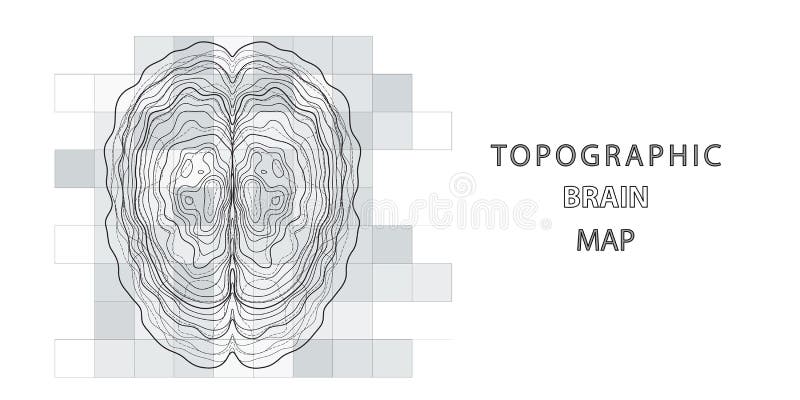
Behavioral data indicated that, as with previous research, concrete word stimuli were processed more efficiently than abstract word stimuli. In each lexical decision epoch, the stimuli were either concrete words and pseudowords, or abstract words and pseudowords. Lexical decision epochs alternated with a resting baseline. Word and pseudoword stimuli were presented visually, one at a time, and the participant was required to make a lexical decision. There’s much more work to be done, and a staggering number of questions that still need answers.Abstract: The purpose of this study was to delineate the neural pathways involved in processing concrete and abstract words using functional magnetic resonance imaging (fMRI). But there are limits to what it can tell us, and it only gives a peek at what’s actually going on in our heads. So this is on many levels a big accomplishment for Europe’s Human Brain Project, which has the not unlike our own BRAIN initiative.
#HUMAN BRAIN MAPPING ABSTRACT FULL#
If you only do small bit, you don’t have the full truth. “And now we can look at everything in the same brain. You have to understand brain first.” Her past work has mapped out the architecture of the brain, and, she says, the specificity can be dazzling. I want to know why the region in the language area is involved in language. When asked about the limits of the 3D brain atlas, Amunts says that though it doesn't answer all questions, ultimately, basic neuroscience is critical for what it can offer us. The next time somebody tells you what a brain scan says, be a little skeptical. In his words, “An important task these days is to harvest the exciting gains made by science and data while understanding the limits of science and data.

The “neurocentrism,” he says, that we’re so attached to is actually not serving us so well at all. In fact, in a well-timed New York Times editorial this week, David Brooks makes the important point that the brain is not, after all, the mind, and as much as we’d like to think we’re getting closer to grasping human consciousness and thought with imaging studies, we’re just not. In this way, the headlines touting BigBrain’s ability to work such magic as to “unlock the secrets of the mind” and that kind of thing may not to so accurate. What the project doesn’t do is tell us a whole lot about anything else – those “deeper” questions that we’re all dying understand. But the first brain has all the areas that you need.” She says her team probably won’t do more than a few brains in total, given the massive time commitment each requires.Īnd BigBrain will almost certainly have some major clinical implications, giving doctors a hand in neurosurgery and in placing electrodes during procedures like deep brain stimulation (DBS). And we’ve actually started second brain, to account for some of these. In terms of the person-to-person brain differences that are inevitable, Amunts says, “This is true. Before this, the data were so scattered, we haven’t been able to compare it very effectively.” Plus, the resolution from MRI scans is much poorer – a clumsy 1-mm thickness, which is “not good enough to address questions about microstructure,” adds Amunts. “It can help us address questions and data coming from neuroscience about things like receptor distribution, microanatomy.

“We have a new reference brain,” says Amunts. She adds that this brain essentially becomes a new gold standard in the field. It provides precise anatomical measures, and lets us make comparisons to in vivo imaging.” “Researchers can take these images,” says Amunts, “and measure surfaces, thicknesses of cortical layers. It will also allow researchers to start making simulations, perhaps making it possible to “see” what happens in various disease states, say, in an Alzheimer’s- or Parkinson’s afflicted brain over time. So what information does brain mapping actually offer? It will certainly give us a better idea of where one region ends and the next begins, for a closer understanding of behavior-brain correspondence. The data take up a mind-boggling terabyte of space.

The 3D image of the brain was formed by reconstructing the slices, making what is essentially a cell-by-cell computer image or “atlas” of the brain.


 0 kommentar(er)
0 kommentar(er)
